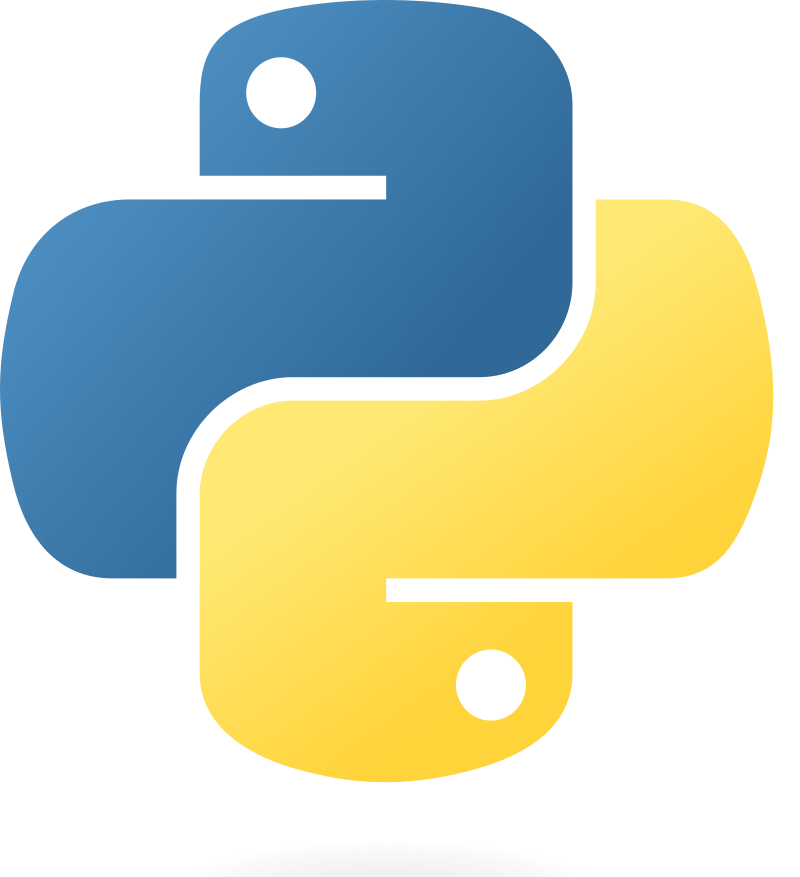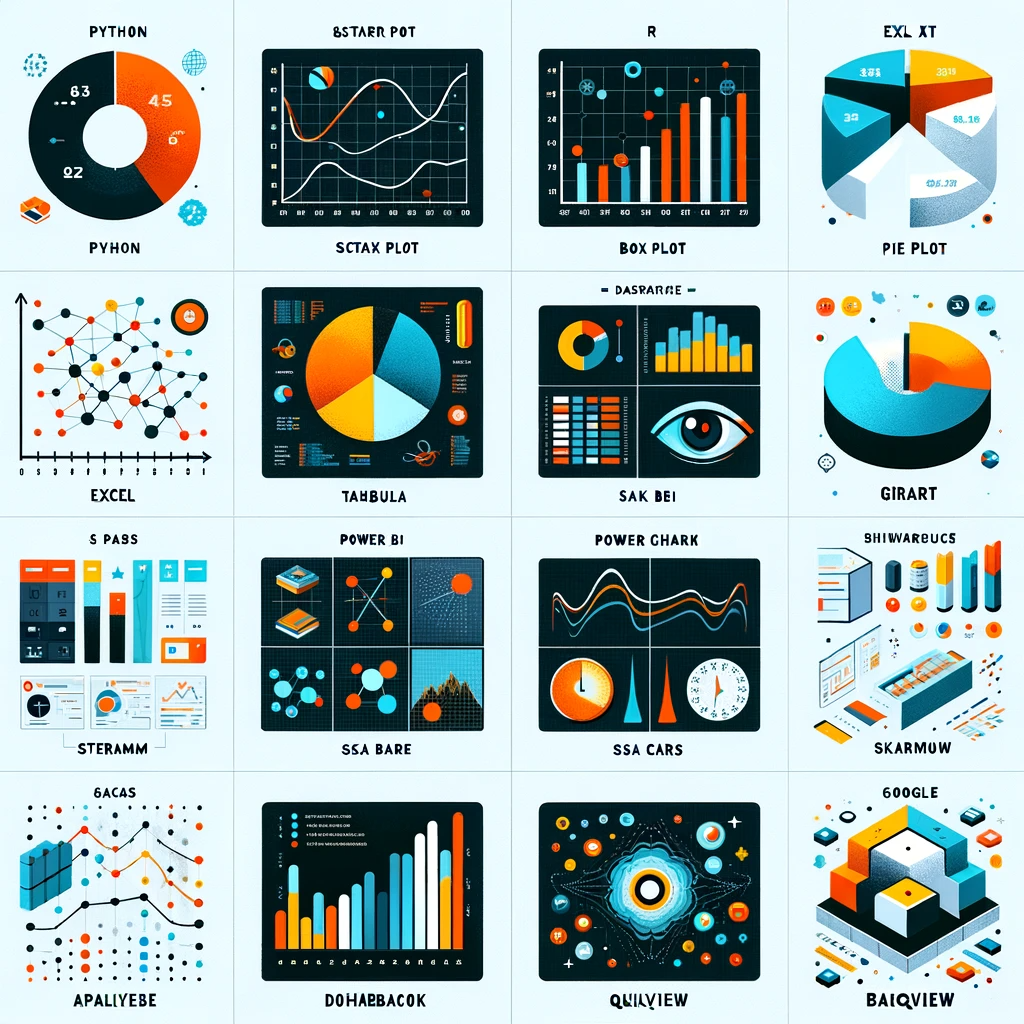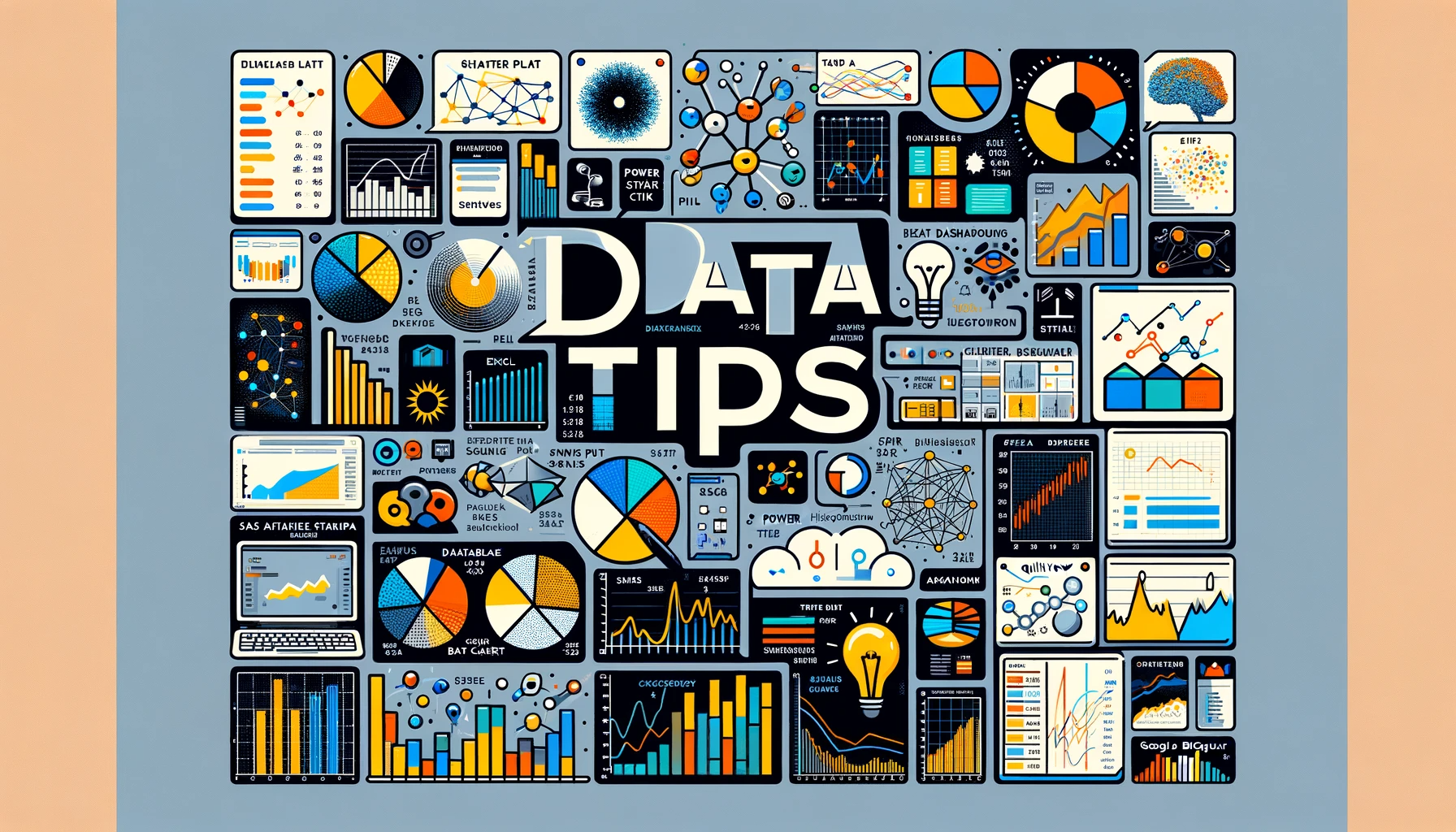Welcome to DataTipss.com, where we dive into the latest and greatest tools revolutionizing the world of data analysis. As we step into 2024, it’s clear that the landscape is rapidly evolving, with innovative software making data more accessible and insights more actionable. Whether you’re a seasoned data analyst or just starting, this list of the top 10 data analysis tools will guide you to the right resources to enhance your data journey. So let’s get started!
- Managing Permissions Before Publishing Your Power BI Dashboard
- How to Visualize World Bank Data in Power BI (Agricultural CO₂ Emissions)
- How I built a polished Healthcare Analytics dashboard (Figma + Power BI) — step-by-step
- How to Plan a Dashboard as a Business Owner: A Step-by-Step Guide
- How to Connect JotForm with Power BI for Responses Visualization 2025
1. Python

- Description: Python remains the lingua franca of data analysis, known for its simplicity, versatility, and robust libraries like Pandas, NumPy, and Matplotlib.
- Best For: Data manipulation, machine learning, and scripting.
2. R
- Description: R specializes in statistical analysis and visualizing data, offering a comprehensive ecosystem of packages.
- Best For: Statistical modeling and hypothesis testing.
3. Tableau
- Description: Tableau is a leading business intelligence tool that turns data into understandable, interactive visuals.
- Best For: Creating dashboards and sharing insights across organizations.
4. Microsoft Excel
- Description: The classic tool for data analysis, Excel’s powerful features and familiarity make it a staple in the industry.
- Best For: Spreadsheet analysis and basic data modeling.
5. SQL
- Description: SQL remains indispensable for querying and managing data in databases, essential for data extraction.
- Best For: Data retrieval and database management.
6. Power BI
- Description: Microsoft’s Power BI is a suite of business analytics tools that deliver insights throughout your organization.
- Best For: Creating reports and data visualization.
7. Apache Spark
- Description: Spark is known for handling large-scale data processing and analytics, offering speed and ease of use.
- Best For: Big data processing and analytics.
8. SAS
- Description: SAS is a powerful software suite for advanced analytics, multivariate analyses, business intelligence, and data management.
- Best For: Complex statistical analysis in larger enterprises.
9. QlikView/Qlik Sense
- Description: Qlik offers intuitive platform solutions for self-service data visualization and guided analytics.
- Best For: Interactive dashboards and personalized reports.
10. Google BigQuery
- Description: BigQuery is a fully managed, serverless data warehouse that enables scalable analysis over petabytes of data.
- Best For: Large-scale data warehousing and querying.

Wrapping Up
As we’ve seen, each tool has its unique strengths and applications. While Python and R excel in statistical analysis and data manipulation, platforms like Tableau and Power BI are go-tos for visual storytelling. For handling big data, Apache Spark and Google BigQuery are at the forefront, offering powerful processing capabilities.
No matter your choice, staying updated and skilled in these tools will ensure you remain competitive and efficient in your data analysis endeavors. So dive in, explore, and find the tool that best fits your needs and aspirations in the vast universe of data!
Stay tuned for more insights and guides here on DataTips.com, your compass in the ever-expanding world of data. Happy analyzing!

Leave a Reply